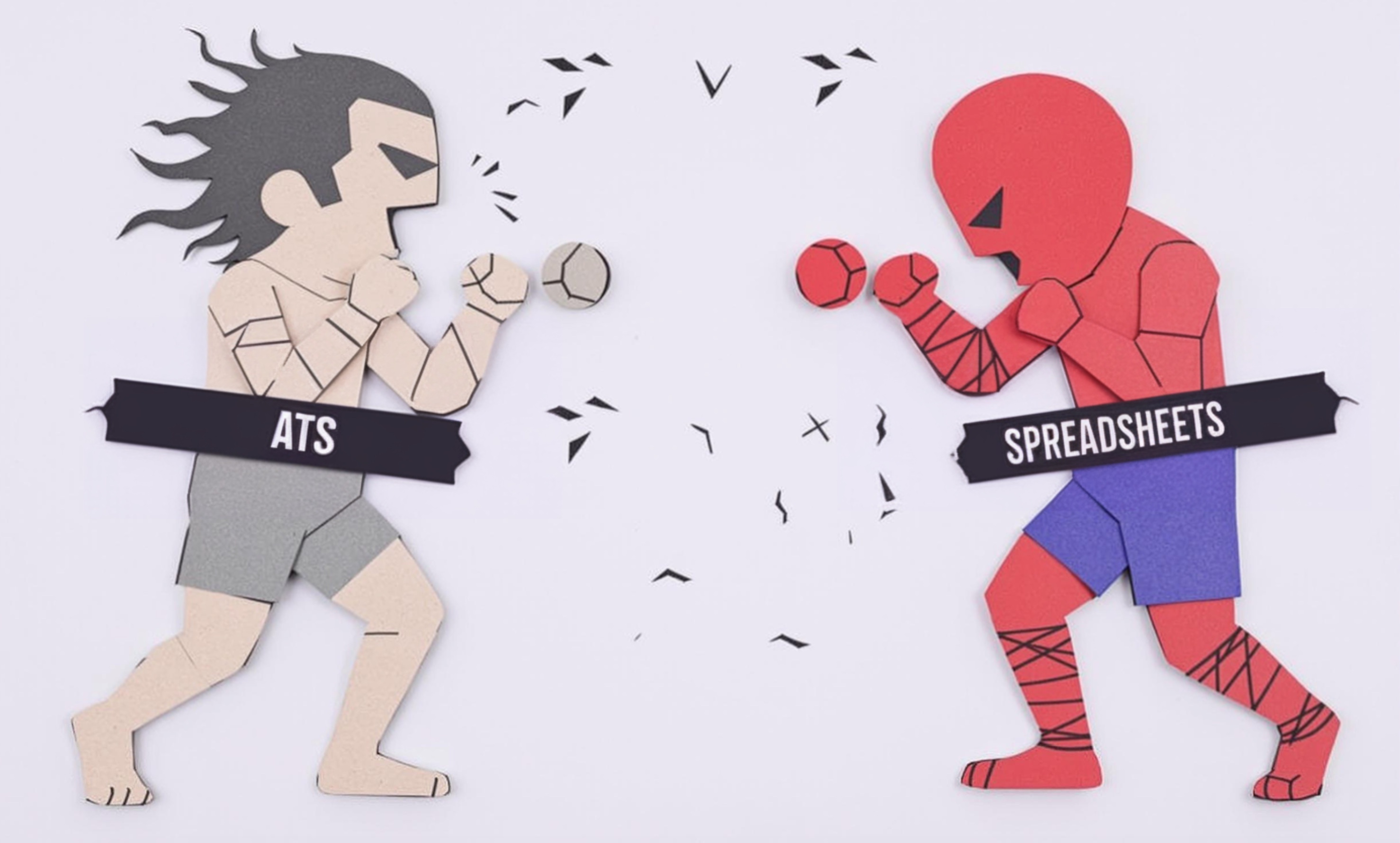
Dunnage
Dunnage refers to the materials used to protect, secure, and support products during storage and shipping. This includes things like padding, bracing, blocks, or spacing materials that keep items from moving or getting damaged. In warehousing jobs, workers often need to properly use and manage dunnage to ensure safe storage and transportation of goods. Common dunnage materials include wooden blocks, foam inserts, air bags, cardboard spacers, and plastic materials. Having knowledge of dunnage is important because it helps prevent product damage and ensures safety in storage and shipping operations.
Examples in Resumes
Managed dunnage inventory and implemented new material tracking system reducing waste by 25%
Trained warehouse staff on proper dunnage placement techniques for fragile shipments
Coordinated dunnage recycling program saving company $10,000 annually
Typical job title: "Warehouse Workers"
Also try searching for:
Where to Find Warehouse Workers
Professional Associations
Online Communities
Example Interview Questions
Senior Level Questions
Q: How would you develop a dunnage management system for a large warehouse operation?
Expected Answer: Should discuss inventory tracking, cost management, training programs, recycling initiatives, and safety protocols. Should also mention methods for reducing waste and optimizing dunnage use.
Q: What strategies would you implement to reduce dunnage-related costs while maintaining protection standards?
Expected Answer: Should explain recycling programs, proper material selection, staff training, and inventory management. Should also discuss vendor relationships and bulk purchasing strategies.
Mid Level Questions
Q: What factors do you consider when selecting appropriate dunnage for different types of products?
Expected Answer: Should mention product weight, shape, fragility, transportation method, cost considerations, and environmental conditions. Should also discuss reusability and storage requirements.
Q: How do you train new employees on proper dunnage use?
Expected Answer: Should describe hands-on training methods, safety procedures, common mistakes to avoid, and how to match different types of dunnage to various products and situations.
Junior Level Questions
Q: What are the basic types of dunnage materials and their uses?
Expected Answer: Should be able to list common materials like wood blocks, foam, air bags, and cardboard, and explain their basic applications in protecting and securing cargo.
Q: Why is proper dunnage placement important in warehouse operations?
Expected Answer: Should explain how dunnage prevents damage, ensures safety, and protects both products and workers during storage and shipping.
Experience Level Indicators
Junior (0-1 years)
- Basic knowledge of common dunnage materials
- Understanding of safe handling procedures
- Ability to follow placement instructions
- Basic inventory management
Mid (1-3 years)
- Selection of appropriate dunnage for different products
- Training others on proper usage
- Inventory control and ordering
- Problem-solving for unusual shipping needs
Senior (3+ years)
- Dunnage system management
- Cost optimization strategies
- Safety program development
- Process improvement implementation
Red Flags to Watch For
- No knowledge of basic safety procedures
- Unfamiliarity with common dunnage materials
- Poor understanding of proper storage methods
- Lack of attention to detail in placement and securing
Need more hiring wisdom? Check these out...

Refining Job Descriptions to Expand Applicant Pools: Casting a Wider Talent Net

Building an Unshakable ATS Data Governance Framework: A Guide to Protecting Your Recruitment Goldmine

Workforce Solutions Aggregators: The Next Big Thing You Didn't Know You Needed

